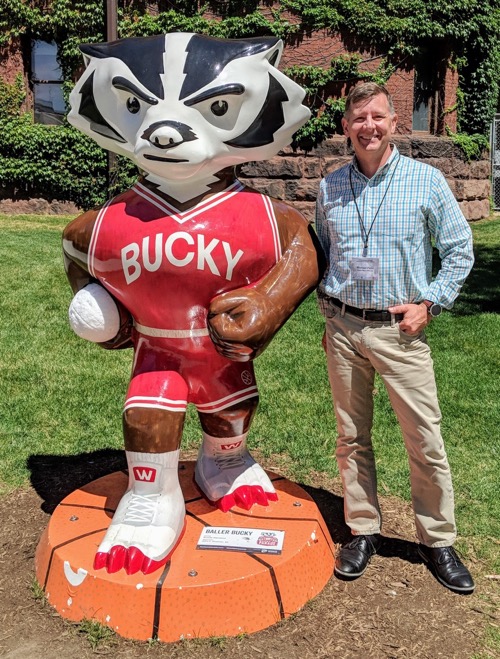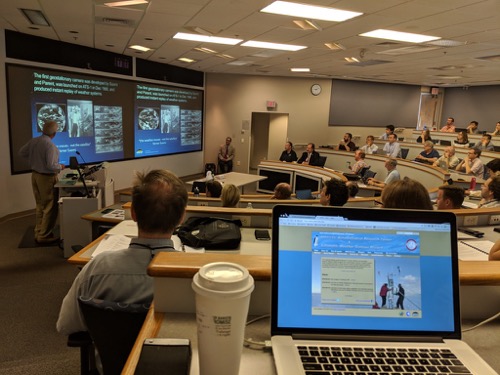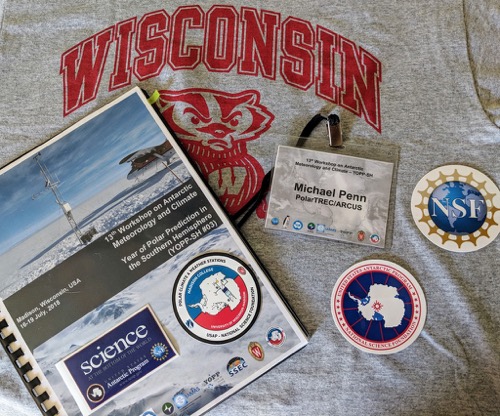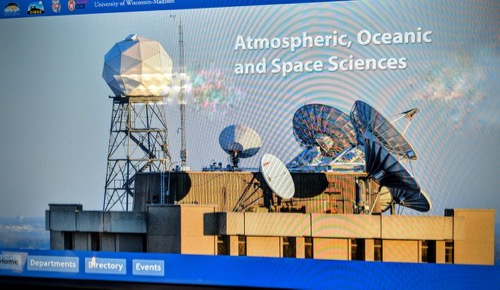I just returned from the 13th Workshop on Antarctic MeteorologyMeteorology is the study of the atmosphere, weather and weather conditions. and ClimateThe average weather over a particular region of the Earth. Climate originates in recurring weather phenomenon that result from specific types of atmospheric circulation. at the University of Wisconsin in Madison, Wisconsin from July 16-19. People from 12 countries (South Africa, Australia, New Zealand, Britain, Chile, Croatia, Germany, South Korea, Italy, Argentina, Japan and the United States), National Science Foundation representatives, forecasters, observers, researchers, archivists, Air Force pilots, and navigators and logistics people have gathered here in the spirit of scientific cooperation to discuss the climate and meteorology of Antartica. More specifically these people are here to improve the quality and quantity of data (moment to moment and historical weather information) from locations all over Antartica. It wasn't as a National Science Foundation representative jokingly whispered to me, "a bunch of weather-weenies!"
Here is an article about the workshop.


What is really exciting is that my team, lead by Dr. Matthew Lazzara, Lee Welhouse and David Mikolajczyk are hosting this impressive group of people. Dr. Lazzara is obviously very respected and is a leader in this global scientific community. Attending this workshop has allowed me to meet people from all over the world and become familiar with their varied needs and perspectives. This has been a very valuable experience to get to see the actual inner-workings of international cooperation on the collection, sharing and interpretation of weather and climate data. And I will be working with the Automatic Weather Stations that will be collecting the data that they all want and need. This data is used for several purposes depending on who is looking at it. The Air Force wants to know what the weather is GOING to be where they want to safely land their airplanes. The meteorologists want to know accurate current information about the relative humidity, wind direction and velocity, snow depth, precipitation, barometric pressure, and of course temperature so that they can predict what the weather will be at any location. The climatologists want to know all of that information too, but they want to look at that information as a whole over long periods of time so that they can identify long-term trends.

Before I got here I didn’t know what to expect. I’m just a school teacher with very little knowledge on these subjects, will they accept me? Would the workshop be a mind-numbingly boring geek fest? It turns out that I felt accepted immediately. The entire workshop was extremely interesting and engaging. The most challenging part of this workshop has been the dizzying blizzard of acronyms (WMO,WWW, GTS, WIS, NOAA, AWS, AMRC, YOPP, WIGOS, USAP(abbreviation) United States Antarctic Program, SPAWAR, WAMC, USN, IAMAS, USAF, NCAR, UCAR, BPCRC OSCAR NASA and many more!). The most surprising thing was that this group of people are a family. They obviously have known each other for a long time and they obviously all work well together with impressive global cooperation.




Comments